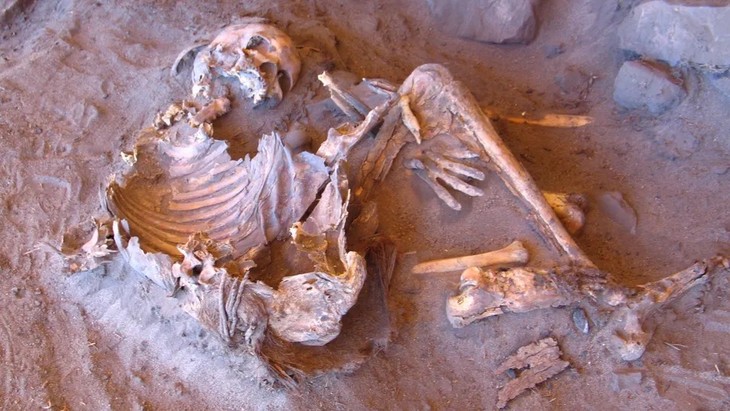 |
| A new study by experts shows that two mummies about 7,000 years old belong to a previously unknown human lineage that lived in isolation in North Africa for thousands of years. The mummies belong to two women who lived in the Green Sahara, also known as Africa's Wet Period. Photo: Archaeological Mission in the Sahara, Sapienza University of Rome |
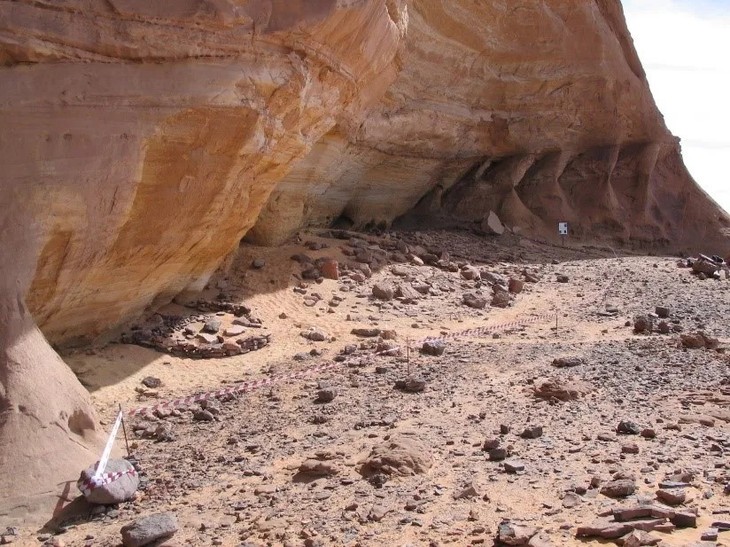 |
| Between 14,500 and 5,000 years ago, the Sahara was a moist, green steppe where people hunted and grazed livestock along rivers and lakes. Photo: View of the Takarkori rock shelter in Southern Libya. |
 |
| DNA from the two mummies suggests that this previously unseen North African lineage was distinct and separate from populations living in sub-Saharan Africa at the time. The findings, published in the journal Nature, suggest that there was little genetic exchange across the Green Sahara during this time, although some cultural practices may have spread across the region. Image: Archaeological Mission in the Sahara/Sapienza University of Rome. |
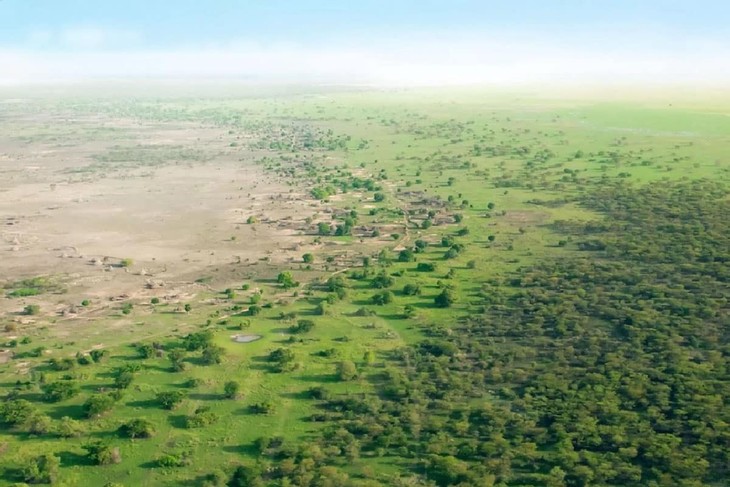 |
| From 2003 to 2006, archaeologists excavated the remains of 15 individuals in the Takarkori cave, located near the middle of the Sahara Desert, in what is now southwestern Libya. Photo: esquireme. |
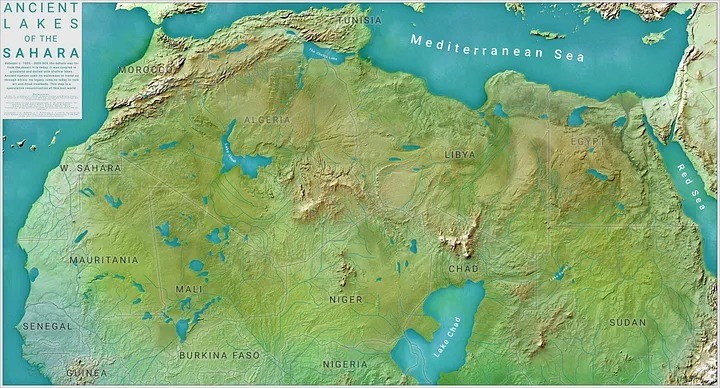 |
| The site contains evidence of human habitation and cattle grazing or grazing, dating back more than 8,000 years. Of the 15 bodies, most were women and children. Notably, the mummies of two women were naturally mummified, which helped preserve their DNA. Photo: Earthlymission. |
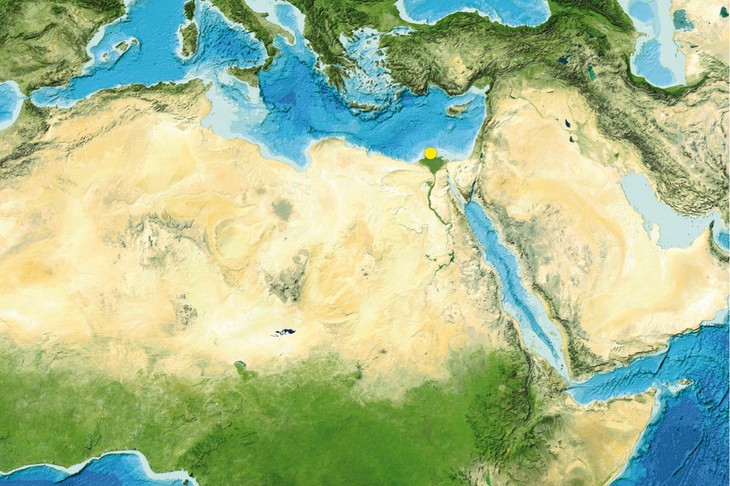 |
| The team found that the individuals found at Takarkori possessed genetic signatures distinct from those found in sub-Saharan African populations, suggesting they came from a previously unknown and relatively isolated lineage that split from sub-Saharan African populations about 50,000 years ago. Photo: geomar. |
 |
| The individuals had some ancestors from the Levant, a strip of land bordering the Mediterranean Sea to the east. Their DNA contained traces of Neanderthal ancestry, which could only have been acquired outside of Africa because Neanderthals lived in Eurasia. However, the genomes of the two mummies contained 10 times less Neanderthal DNA than those of people living outside of Africa today. Photo: ABPLIVE AI. |
 |
| The new findings suggest that the Green Sahara was not a migration corridor between sub-Saharan Africa and North Africa. However, archaeological evidence suggests that cultural exchange between the regions did take place. Photo: Henrik Karlsson/Getty. |
 |
| Researchers suspect that the development of cattle herding in the Sahara may have come from interactions with other groups that were also herding cattle at the time, rather than through large-scale migrations. Photo: Ancient-origins.net. |
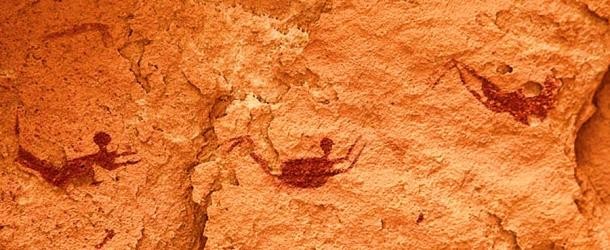 |
| This isolated lineage no longer exists in its original form, but at some point, members of this lineage intermingled with outsiders, which is why some people living in North Africa today have inherited some of this genetic heritage. Photo: Roland Unger / CC BY-SA 3.0. |
Readers are invited to watch the video : The mystery of the tattoo on the arm of the 2,500-year-old mummy of a princess.
Source: https://khoahocdoisong.vn/he-lo-dong-doi-con-nguoi-moi-qua-xac-uop-7000-tuoi-post267719.html






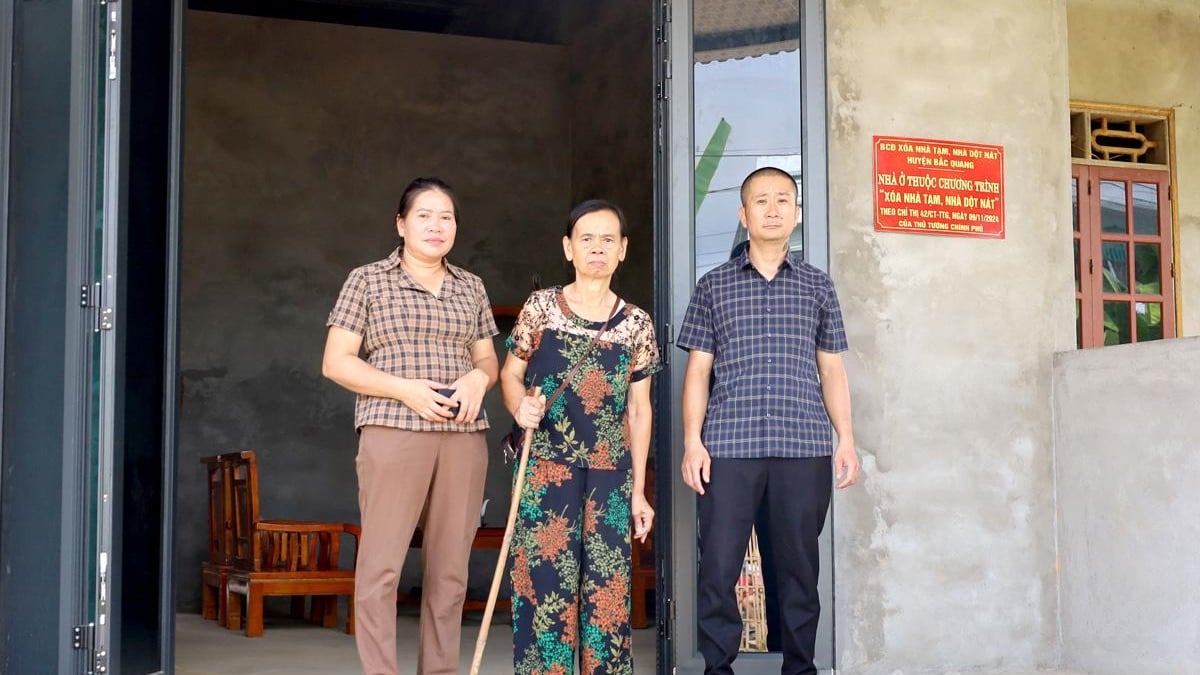

























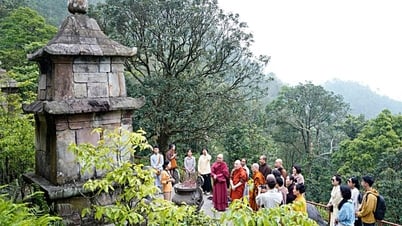



























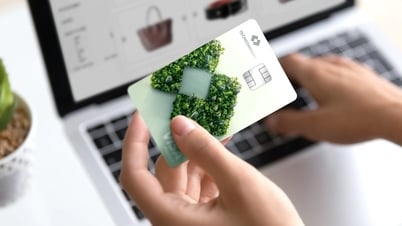











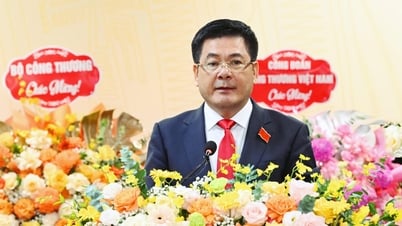



























Comment (0)